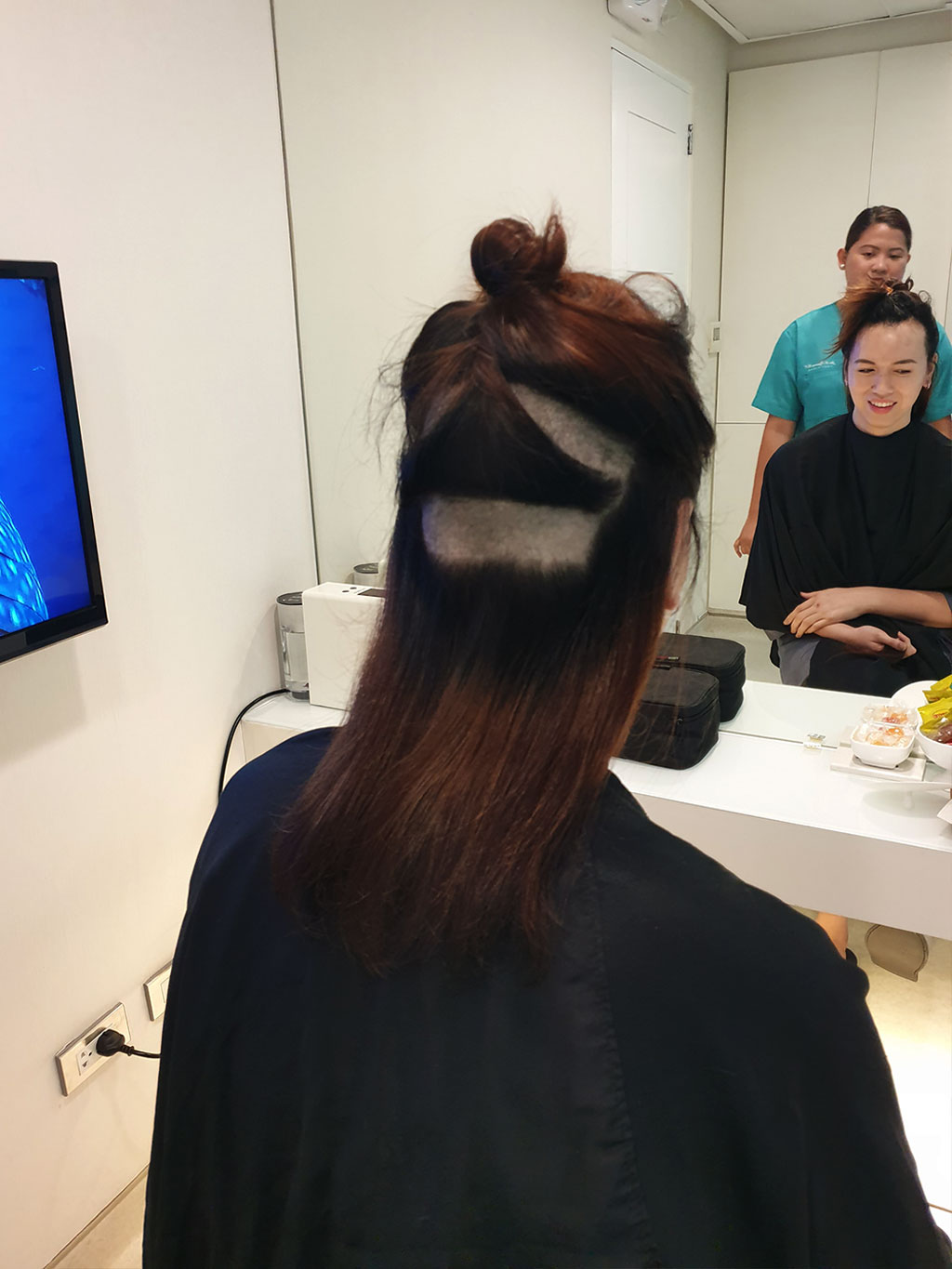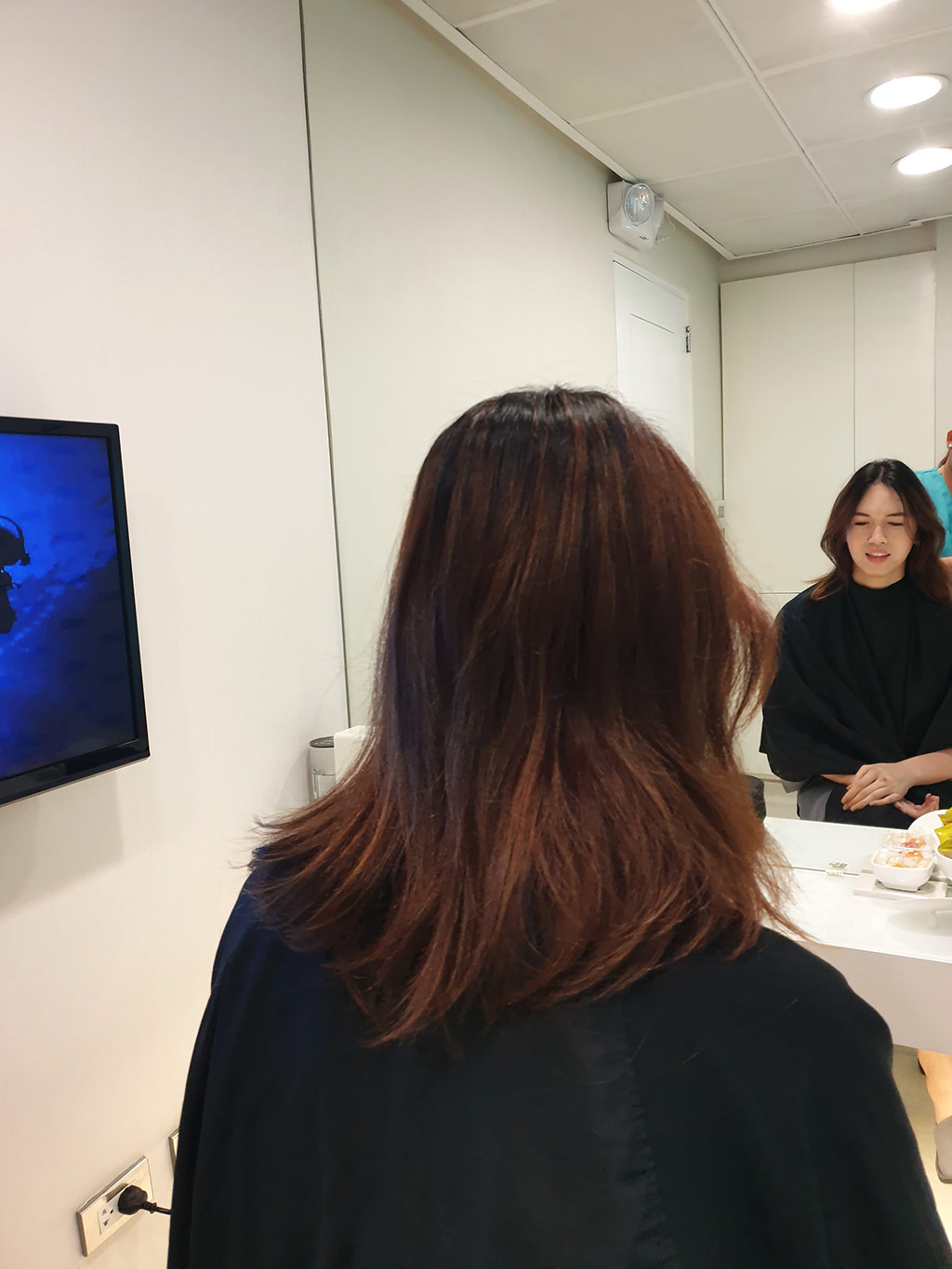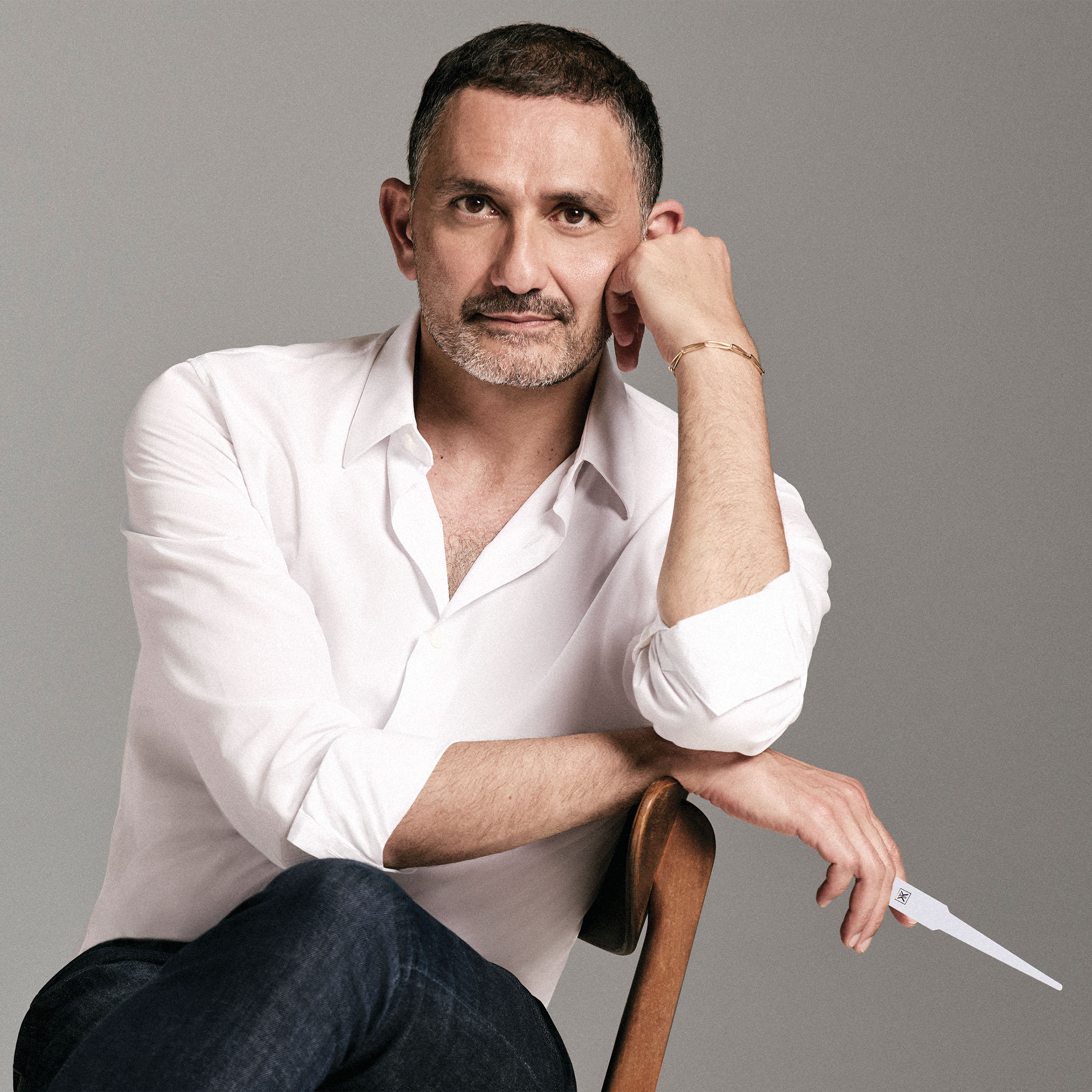Many of us will agree that our hair is a very important physical feature. As the cliché goes, it’s our crowning glory, an essential part of one’s identity. And while some may trivialize this as an aesthetic concern, many would think otherwise. Unknowingly, these are people who struggle with an identity crisis, anxiety and loss of confidence, or passed-up opportunities all because they feel that their hair has failed them in one way or the other, whether it be through a receding hairline or a texture you’re not happy with. When put this way, hair is no longer an aesthetic problem, but a psychological and an emotional one.
This is where it becomes all too familiar with me. For transwomen, our hair represents a new beginning. It’s one of the first things we change. And as it grows out, our hair becomes a declaration of a physical and psychological transition to womanhood.
When I talk about hair, I can’t help but remember this line from a Lady Gaga song:
I just wanna be myself
And I want you to know (that) I am my hair
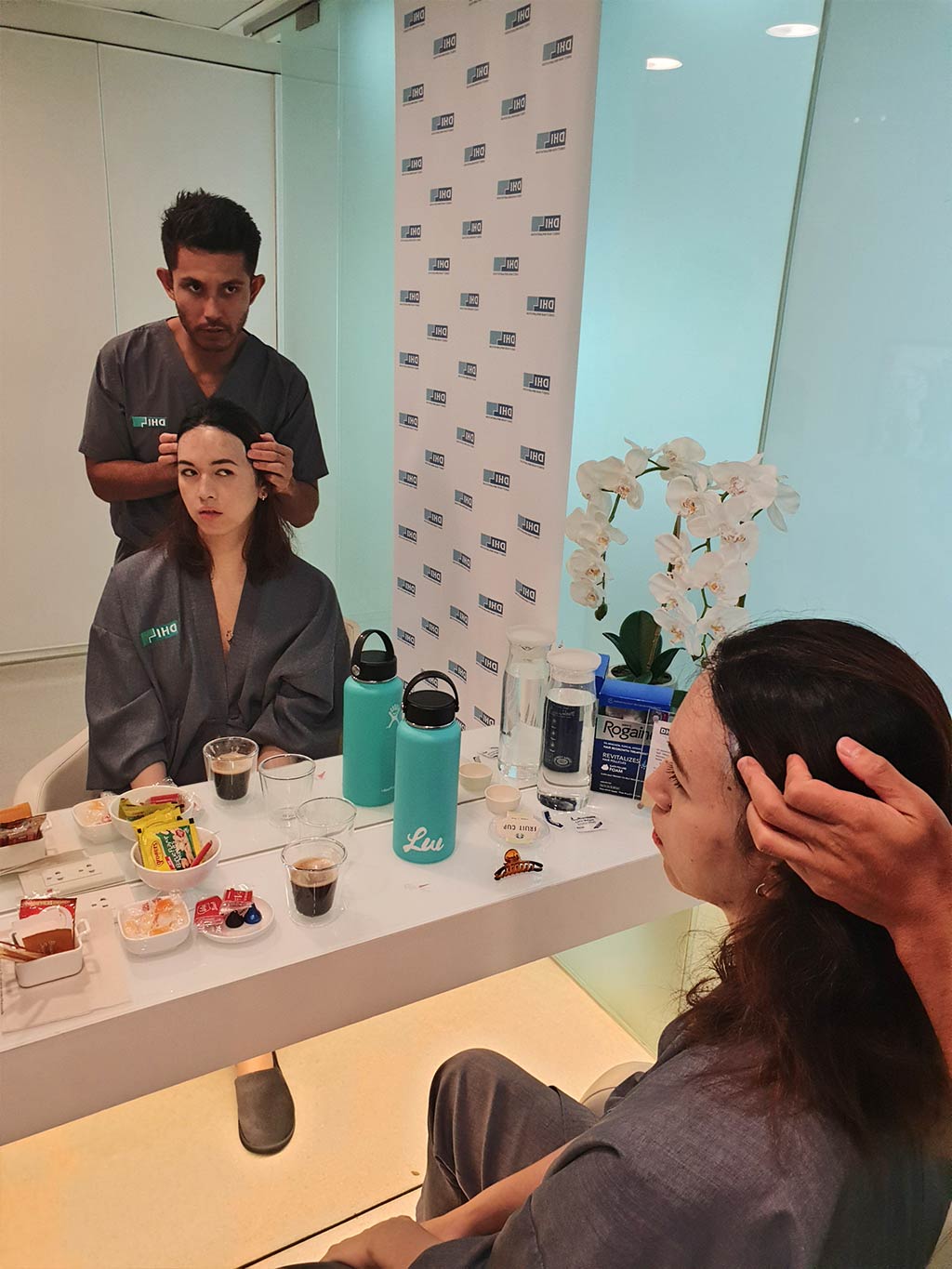
My mane concern
Imagine my stress as a 30-something transwoman dealing with a naturally male-shaped receding hairline. I would obsess about it every day, figuring out how I could make it work. I couldn’t wear my hair up in a high-pony or do a slick back without feeling self-conscious. That’s why for the longest time, I’ve relied on bangs (thanks to my hair icons, Alexa Chung and Jeanne Damas) to keep my confidence levels at bay.
This being the case, I have long thought of doing a corrective surgery for my masculine hairline. Commonly, many transwomen consider a forehead feminization or scalp advancement surgery (SAS) that involves making an incision through which the bones of the forehead can be accessed. Naturally, the major setbacks of scalp advancement surgery made me very hesitant to pursue it. I put my plans on hold, until I discovered an alternative method called direct hair transplant (DHI).
As it is, hairline reshaping via transplant is not a very popular choice in the trans community. Moreover, having no trans-visibility in most mainstream hair transplant institutions added to my reluctance with this procedure. Hence, I had to do a good amount of research to make sure it outweighed the cons of SAS.
Hello, DHI
While doing my research, I came across DHI Philippines by Clinique de Paris. Globally, DHI has almost 50 years of experience in hair transplant and restoration. Backed up by favorable reviews, DHI seemed to be a very suitable option for my problem, so it was only a matter of time until I scheduled for a consultation.
Aside from being very professional and accommodating, I couldn’t help but notice how inclusive and accepting they made me feel during the initial process. They were always mindful of their questions and welcomed my inquiries without me feeling judged. Most importantly, they genuinely listened to my trans-specific anxieties, answering them without coming off as hard-sell or imposing. By the end of the session, I was already certain to give DHI a go.
As the date of my procedure was fast approaching, the DHI team showed nothing less than personal care. Both Dr. Rafael Fortus and Nicole Sheker (Medical director and Country Manager, respectively) checked up on me regularly to make sure I was mentally prepared and completely at ease. It goes without saying that when the day of my procedure came, I was comfortable and very much ready to conquer my hair.
The procedure
Part of the brief was to expect a long day ahead. For DHI, there are four (4) main phases in the procedure, which would take a total of 7-8 hours.
They made sure to shave my hair in a way that would still look unnoticeable if I let my hair down
It starts with the Extraction Phase. Follicular units are extracted from your donor area (they shave the back of your head for this) using specialized disposable tools. DHI uses a patented extraction tool, leaving minimal trauma on the scalp. While this step may seemingly cause panic, they do it in such a way that it would be unnoticeable even if you tie or let your hair down. Consequently, many also seem to worry about the pain. The good thing is that discomfort is at a minimum to none, since you’ll be under local anesthesia. You can even request to be sedated if it really bothers you.
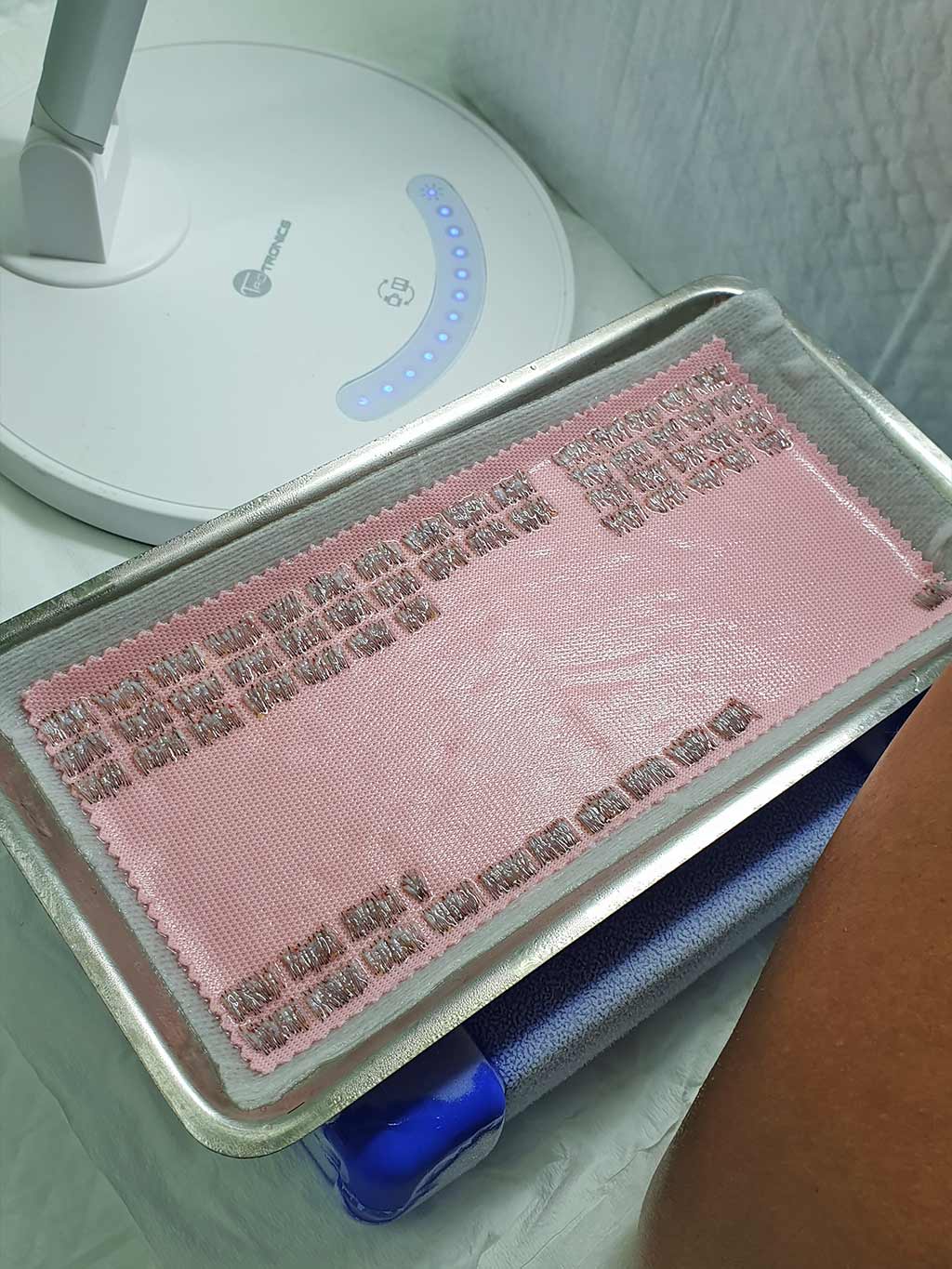
Step Two
Once the extraction is finished, the next phase is Follicle Sorting and Preservation. Each follicular unit is sorted and preserved for later implantation – think carefully arranged beads and sequins for a couture dress. DHI also uses a medical grade solution to preserve extracted follicular units. They keep them under natural conditions to ensure a higher survival rate for implanted hair. And during this moment, they will serve you complimentary lunch. In my case, I chose my fave, Cibo’s Rigatoni All’Alfonso. Yum!

Step Three
After lunch, the next step would be the Hairline Shape Confirmation. Dr. Raf meticulously maps out your ideal hairline contour. This is the part where you should have all your hair pegs ready. In my case, I was torn between Kim Kardashian (apparently, a staple favorite) and Poy Treechada. Since this is a major turning point in the procedure, the DHI team makes sure that you take your time before deciding. Aside from drawing on your forehead, they also take photos of you having different hairline variations. This way, you’ll really get to have a close visual peg of your final look before you lock it in.
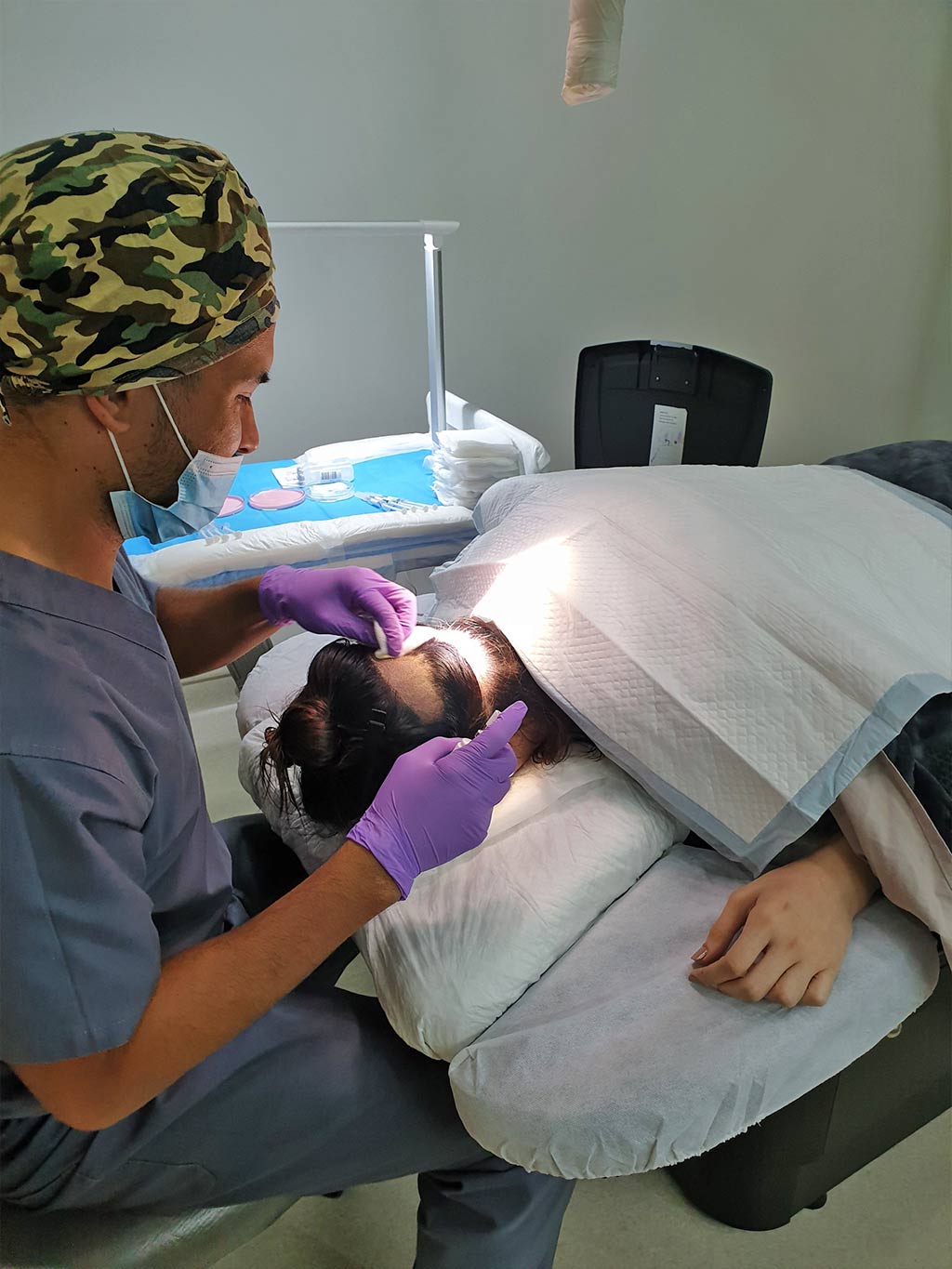
Step Four
Once your hairline shape is decided, then comes the last step, which is the Implantation Phase. Follicular units are implanted back into the scalp using minimally invasive tools, or what they unofficially call an “implanter pen”. Unlike more traditional hair transplant procedures, like FUT and FUE, DHI does not create incisions before placement, which may otherwise cause irregularities in the hair direction. Instead, they get to implant hair at a more precise angle and depth with DHI’s “pen method”. The whole process reminded me of a thorough gown embroidery. As for pain, it’s really close to none since you’ll still be anesthetized. As a matter of fact, I was awake the whole time, literally binge-watching shows on Netflix.
Come to think of it, the procedure is like a normal visit to your derma. Once you’re up and about, they thoroughly explain the post-op procedures, including an expected 3-day downtime, with the best results showing within 4-9 months. They also provide a take-home kit for everything you’ll be needing in the next few days. Once everything’s wrapped up, they arrange a complimentary ride home for you. Now that’s what I call excellent and thoughtful customer service.

My third day of recovery
My hair, my rules
After the procedure, I couldn’t help but be proud of myself. Despite the unpopularity of direct hair transplant among transwomen and the hefty investment needed for it, my initial doubts have been outweighed by the happiness I gained after this experience.
For transwomen like me, hair is more than just about looking pretty and feminine. It’s a step forward to becoming the person we always envisioned ourselves to be – to look in the mirror with pride and content. And as I reclaim my identity through my hair, Lady Gaga’s song now makes more sense to me.
Now more than ever, I am my hair.

